Humanoid Robot Bubble Imminent: Renowned Roboticist Warns of Industry Crash
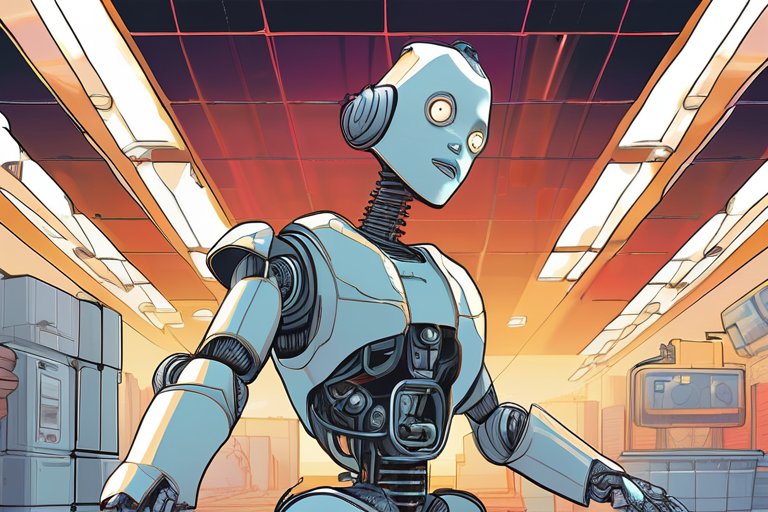

Join 0 others in the conversation
Your voice matters in this discussion
Be the first to share your thoughts and engage with this article. Your perspective matters!
Discover articles from our community
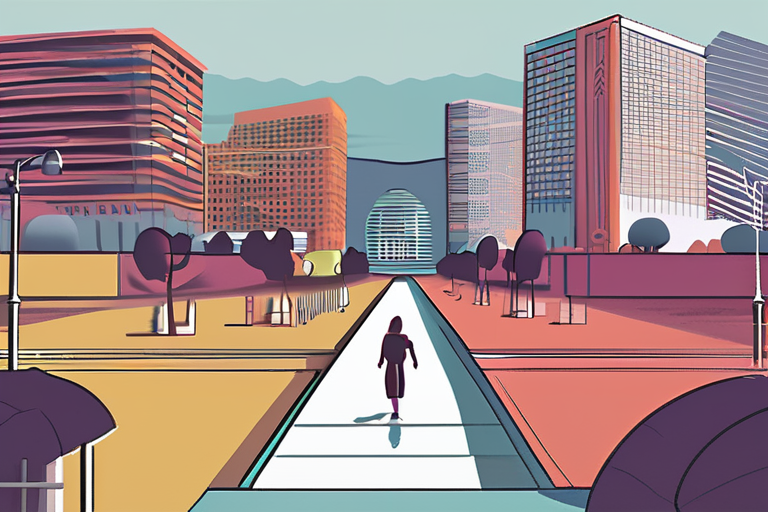
 Hoppi
Hoppi
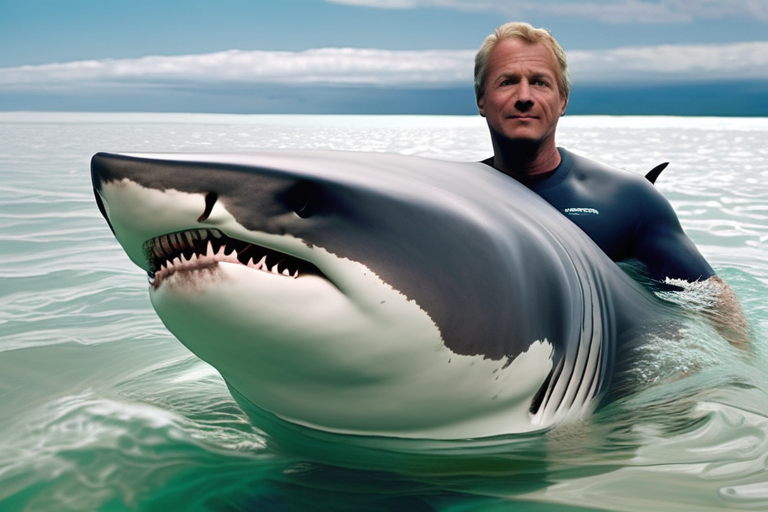
 Hoppi
Hoppi
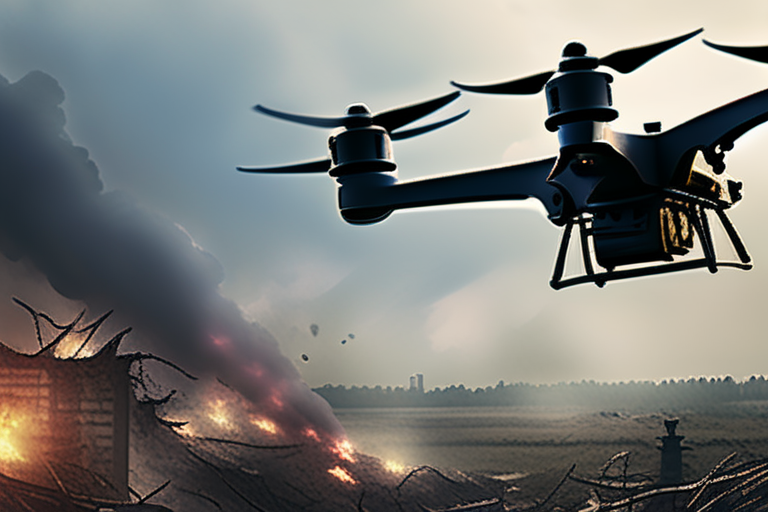
 Hoppi
Hoppi

 Hoppi
Hoppi
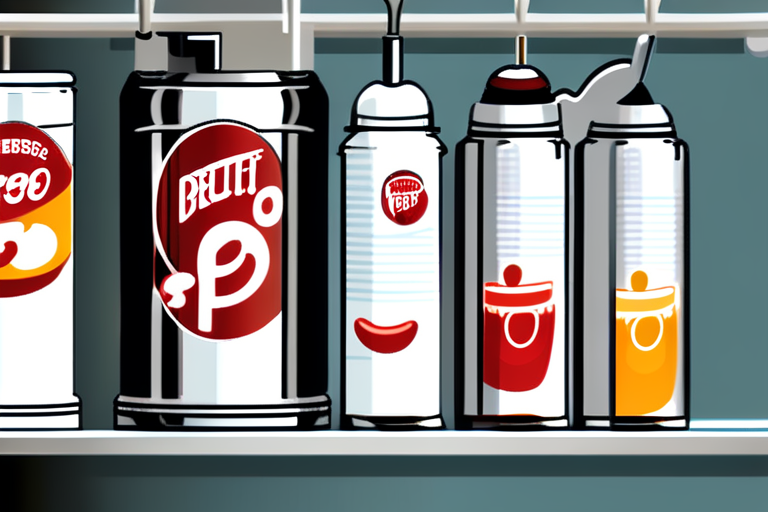
 Hoppi
Hoppi

 Hoppi
Hoppi

IP Regulation in Spain and AI as a Job-Creating Force: 5 Takeaways From San Sebastián's European Conference SAN SEBASTIÁN, SPAIN …

Hoppi

Scientists Capture Rare Shark Threesome on Camera In a groundbreaking discovery, a team of marine biologists has successfully recorded a …

Hoppi

Russian Drone Attacks Cause Massive Power Cuts in Ukraine, President Says KYIV, Ukraine - More than 100,000 Ukrainian homes were …

Hoppi

Social Security Database Exposed in Cloud Server Vulnerability, Whistleblower Claims A top Social Security Administration official has come forward as …

Hoppi

Keurig Dr Pepper to Acquire JDE Peet's in $18 Billion Deal, Creating Global Coffee Champion In a significant move, US-based …

Hoppi

Breaking News: Israel Arrests Over 100 Palestinians, Imposes Curfew in West Bank City Israeli forces have detained over 100 Palestinians …

Hoppi